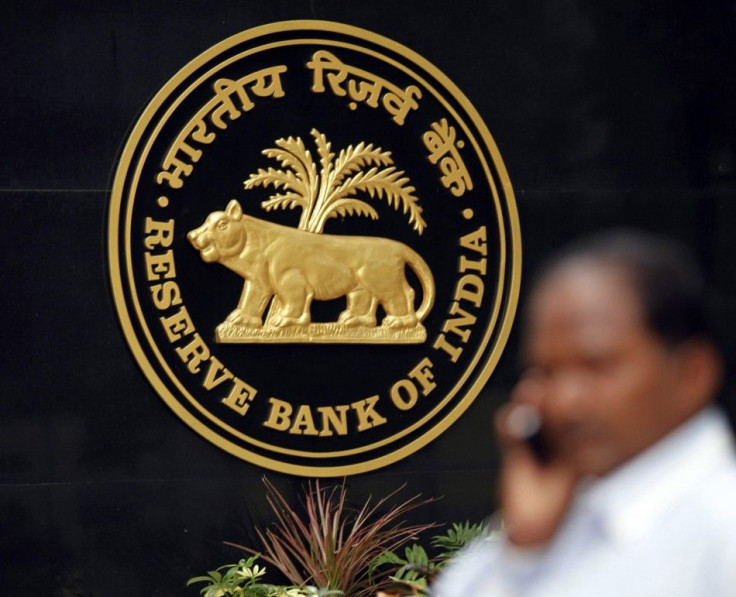Low India Growth, Oil Prices Give RBI Room on Rates

Falling global oil prices as well as declining core inflation and growth in India give the Reserve Bank of India room to adjust interest rates, a deputy governor said, two weeks before a policy review wherein expectations have been growing for a rate cut.
RBI Deputy Governor Subir Gokarn also said liquidity in the Indian banking system was adequate after a recent drop in banks' borrowing from the central bank, which gives it the option of buying bonds if tightness re-emerges, a remark which dampens market expectations for a reduction in the cash reserve ratio.
In reply to a query on whether there was more room to cut rates following weak growth numbers, Gokarn said: I think the two factors that are suggesting more room - one, the growth is lower than expectation - that may have positive impact on core inflation.
Two, the oil prices have come off, more than expected. Even some short while ago, I don't think people saw this sharp decline in oil prices coming, he told reporters on the sidelines of a conference in Mumbai.
India's economic growth slumped to 5.3 percent in the first three months of 2012 from a year earlier, its slowest in nine years, marking a dramatic slide in the fortunes of a country whose economy boasted nearly double-digit growth before the global financial crisis.
Gokarn said high food prices, a weak rupee and a wide fiscal deficit continue to fuel inflationary pressure.
There is fiscal pressure in the sense that the actions that were indicated that would bring the fiscal deficit to its budget numbers have not yet been taken, he said.
The RBI cut interest rates by a steeper than expected 50 basis points in April.
While it had been widely forecast to hold rates steady at its next review on June 18, weakness in the domestic and global economies has fuelled expectations that it could cut interest rates and the cash reserve ratio, which is the share of deposits banks must keep with the RBI.
The 10-year benchmark bond yield fell to its lowest level in two-and-half months, to 8.30 percent in early trade Monday, on expectations of a rate cut as early as this month.
Persistent dollar sales by the RBI to stem weakness in the rupee accentuated a cash shortage in the banking system, prompting the RBI to conduct bond purchases from early in the fiscal year that started in April.
However, the central bank did not purchase bonds through open market operations (OMOs) last week, which pushed up bond yields to a three-week high on May 30.
© Copyright Thomson Reuters 2024. All rights reserved.




















